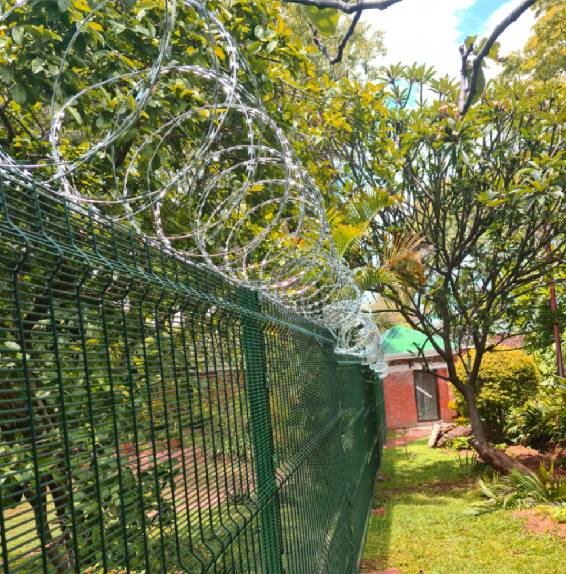gi chicken wire mesh price
Understanding the Price of GI Chicken Wire Mesh
When it comes to securing areas for poultry farming or creating garden fences, GI (Galvanized Iron) chicken wire mesh has become a staple among farmers, gardeners, and DIY enthusiasts. This versatile product is not only affordable but also incredibly durable, making it an ideal choice for a range of applications. In this article, we will delve into the various factors affecting the price of GI chicken wire mesh and provide insights into how to choose the right type for your needs.
What is GI Chicken Wire Mesh?
GI chicken wire mesh is a type of fencing made from iron wire that is coated with a layer of zinc to prevent rust and corrosion. The GI stands for Galvanized Iron, indicating that the wire is treated to withstand the elements, thus extending its lifespan. The mesh is typically woven into hexagonal shapes, allowing it to maintain its structural integrity while providing a barrier for small animals.
Factors Influencing the Price
1. Material Quality The quality of the galvanized steel used in the production of the chicken wire directly influences its price. Higher quality steel offers better corrosion resistance and durability, which may come at a higher cost.
2. Wire Gauge The thickness of the wire used in the mesh is referred to as the wire gauge. Thicker wires (lower gauge numbers) are generally more expensive but offer greater strength and resistance to breakage, making them suitable for environments with larger animals or higher wear and tear.
3. Mesh Size The size of the openings in the mesh also affects the price. Smaller mesh sizes provide better protection against smaller pests but are more expensive to produce. Conversely, larger mesh sizes are often less costly but may not be suitable for all applications.
4. Roll Size GI chicken wire mesh is typically sold in rolls. The dimensions—such as width and length of the roll—can significantly affect the price. Larger rolls may have a higher upfront cost but can provide better value for larger projects.
gi chicken wire mesh price

5. Market Demand Like any commodity, the price of GI chicken wire mesh is influenced by market demand. During peak seasons for gardening or poultry farming, prices may rise due to increased demand. Conversely, prices may drop during off-peak times.
Typical Price Range
The price of GI chicken wire mesh can vary widely depending on the factors mentioned above. On average, you might expect to pay anywhere from $0.50 to $2.50 per linear foot, depending on the quality and specifications. Standard 48-inch wide rolls typically range from $60 to $150. It’s advisable to shop around and compare prices from various suppliers to ensure you get the best deal.
Choosing the Right GI Chicken Wire Mesh
Before making a purchase, it's essential to assess your specific requirements. Are you using the mesh for a chicken coop, a garden fence, or perhaps to keep larger animals at bay? Answering these questions will guide you in selecting the appropriate gauge, mesh size, and roll dimensions.
Additionally, consider the environmental conditions where the mesh will be installed. If you live in a highly humid area, opting for higher gauge mesh with enhanced corrosion resistance may save you money in the long run, as it will require fewer replacements.
Conclusion
GI chicken wire mesh is an economical choice for those looking to create secure spaces for animals or gardens. Understanding the various factors that influence its price can help consumers make informed decisions when choosing the right product for their needs. By considering material quality, gauge, mesh size, roll size, and market demand, you can strike a balance between affordability and functionality, ensuring your investment pays off for years to come. Whether you're a seasoned farmer or a weekend gardener, investing in quality GI chicken wire mesh will undoubtedly enhance the security and success of your projects.
-
Innovations in Razor Barbed Wire Design TechnologyNewsAug.11,2025
-
Roofing Nail Compatibility with Different Metal Roof TypesNewsAug.11,2025
-
Welded Wire Mesh for Rockfall Protection BarriersNewsAug.11,2025
-
Galvanized Wire Corrosion Resistance TestingNewsAug.11,2025
-
3D Fence Solutions Preventing Bird CollisionsNewsAug.11,2025
-
Using Chain Link Fence for Urban Garden SupportNewsAug.11,2025




